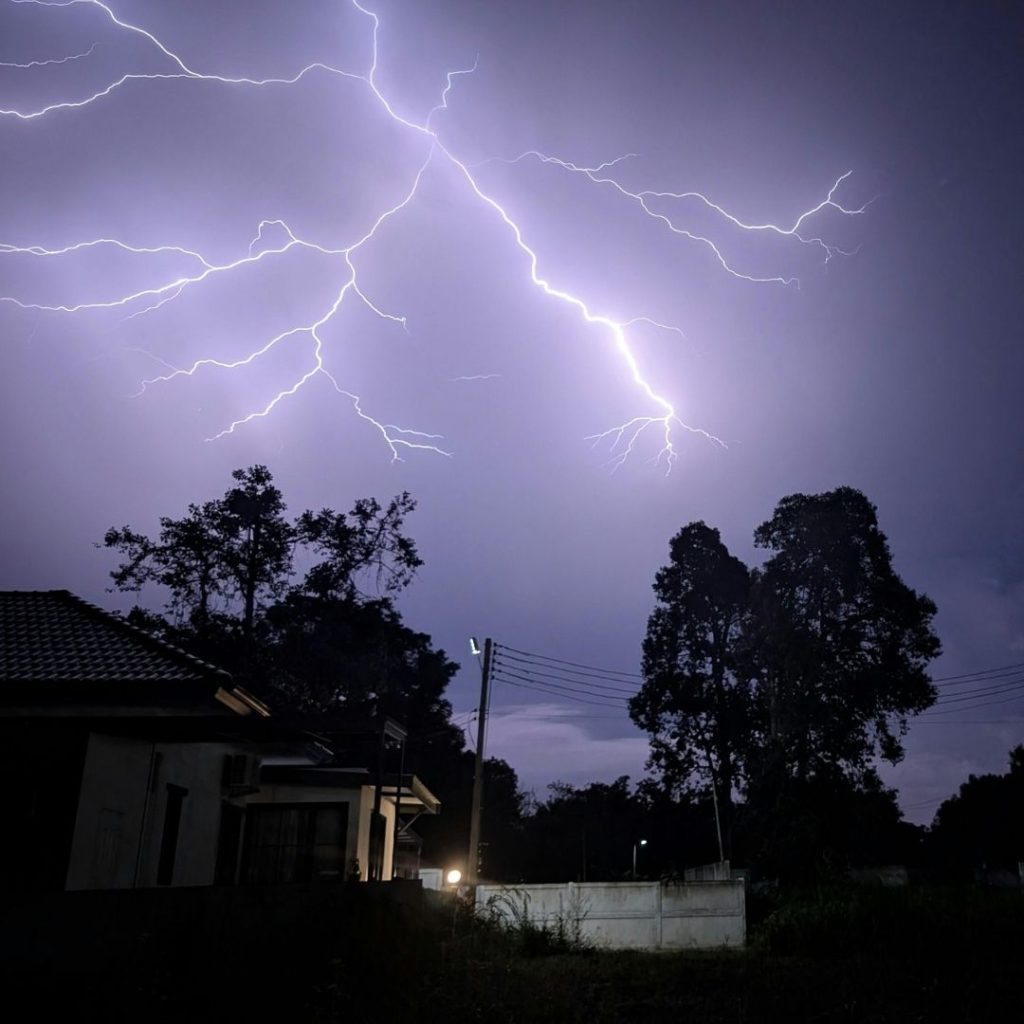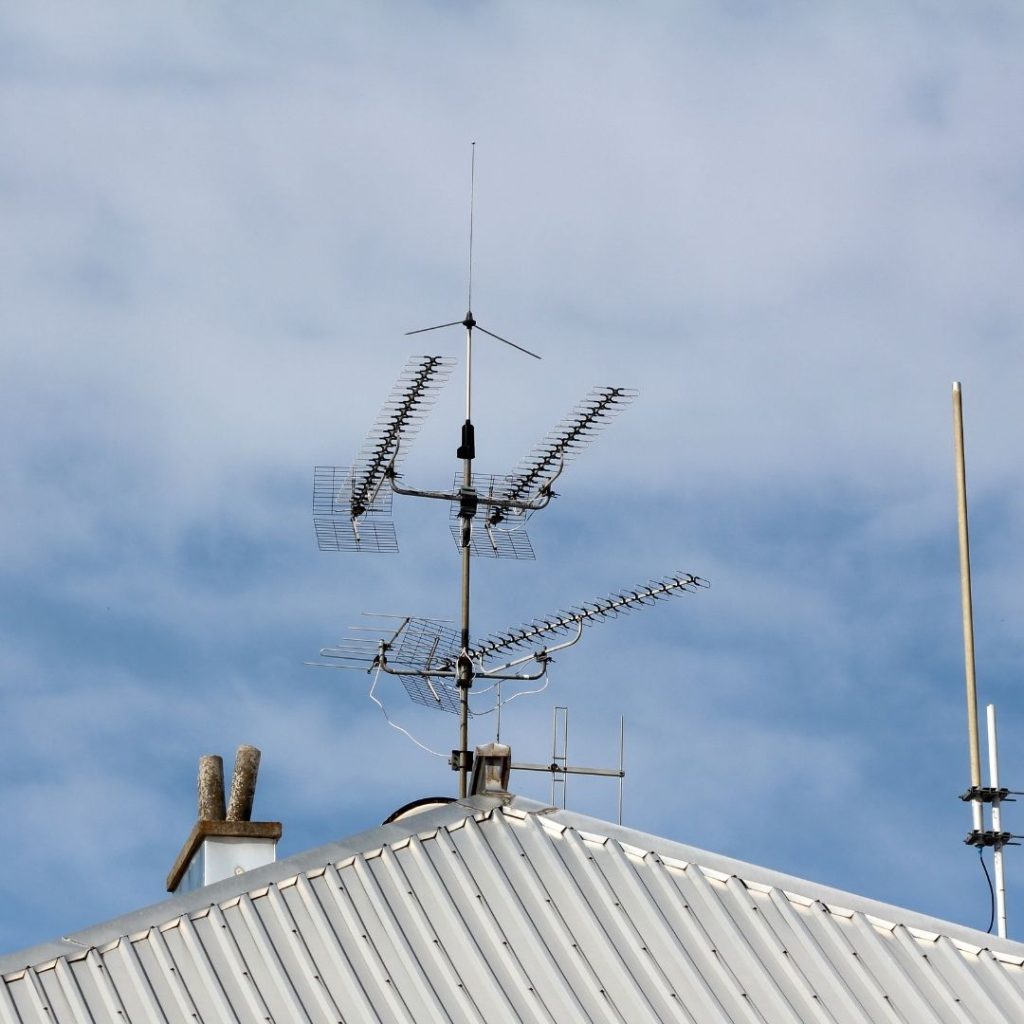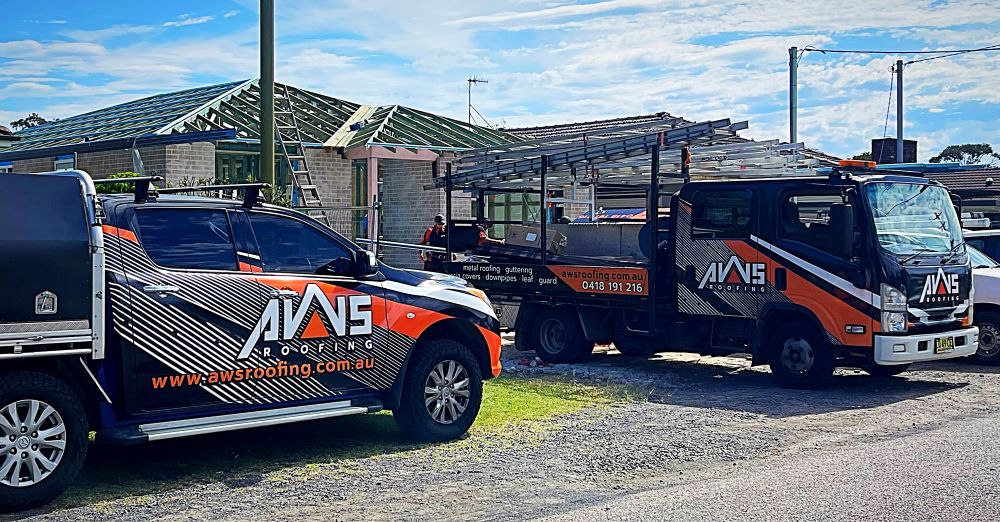Metal roofing is widely acclaimed as one of the most robust and enduring roofing systems available in Australia. Its remarkable strength, durability, and energy efficiency are attributes that homeowners have come to trust. Nevertheless, a frequent question among property owners is — do metal roofs attract lightning? This inquiry arises from both curiosity and concern about safety and the integrity of their homes.
As numerous homeowners increasingly install Starlink dishes and various other aerial equipment, the apprehension regarding lightning strikes has also heightened. In this detailed discussion, we will explore the facts surrounding this topic, illustrating why metal roofing, along with antennas and satellite technologies, is often safer than many individuals believe it to be. Understanding the science behind lightning and its interactions with different materials can alleviate concerns and foster informed decision-making.

Understanding Lightning and Metal Roofs: Do They Attract Strikes?
Contrary to the prevalent belief that metal roofs attract lightning, the reality is markedly different. A metal roof does not attract lightning in any significant capacity. Essentially, lightning is drawn to the highest point in any landscape, regardless of the roofing material used. Lightning seeks the path of least resistance to reach the ground, which is why it predominantly targets taller structures such as trees, utility poles, or antennas rather than the roofing itself. This fundamental understanding is crucial for homeowners to alleviate fears surrounding their roofing choices.
In the unfortunate event that a home with a metal roof experiences a lightning strike, there are reassuring facts to consider: metal is highly effective at dispersing energy safely. Unlike roofing materials like tile or timber, metal does not ignite or burn easily. If lightning were to strike, the electrical charge rapidly spreads across the roof's surface and harmlessly dissipates into the ground, especially when the building's grounding system is properly installed and maintained. This characteristic enhances the safety profile of metal roofs significantly.
In conclusion, choosing a Colorbond® roof does not increase the likelihood of your home being struck by lightning. However, in the unlikely event that a strike occurs, having a metal roof is indeed one of the safest options, providing homeowners with substantial peace of mind and confidence in the resilience of their roofing system.
Assessing the Lightning Risk of Aerials and Starlink Dishes
Similar to metal roofs, aerials, antennas, and Starlink dishes do not inherently attract lightning simply by their presence. In reality, lightning tends to be attracted to height and isolation rather than the metallic components of these devices. This understanding is vital for homeowners who install such equipment and wish to mitigate any potential risk.
If an aerial or dish is the highest point on your property, it may become the most probable target for a lightning strike. This scenario arises from its elevated position rather than its metallic nature. Therefore, it is essential to recognize that the risk of a lightning strike is primarily determined by the location and height of structures rather than the materials used in their construction. This insight can guide homeowners in making informed choices about the placement and installation of their devices.
To enhance safety, consider implementing these best practices:
- Ensure that the dish or antenna is professionally installed and grounded according to the AS/NZS 1768 lightning protection standards, which are designed to safeguard against lightning strikes.
- Bonding and grounding the system is crucial, as this allows any electrical surge to travel safely to the earth, minimizing the risk of damage to your equipment or home during storm events.
- Avoid utilizing isolated, ungrounded poles that extend significantly above the roofline, as these present a greater risk of attracting lightning strikes and can compromise the safety of your property.
When installed with proper guidelines, a Starlink dish or roof-mounted aerial on a Colorbond® roof remains entirely safe, even during severe electrical storms, providing reliable service without undue risk.

Exploring the Comprehensive Safety Benefits of Metal Roofing
Beyond the critical aspect of lightning safety, metal roofing offers a multitude of inherent protective characteristics that make it an exceptional choice for homeowners looking to enhance their property:
- Fire Resistance: Metal is fundamentally non-combustible, making it an ideal selection for regions vulnerable to bushfires, where fire safety is paramount.
- Storm Durability: Metal roofs are engineered to withstand hail, strong winds, and heavy rainfall significantly better than many traditional roofing materials, ensuring longevity and resilience.
- Corrosion Protection: Colorbond® coatings provide exceptional protection against rust, even in coastal areas where salty air can exacerbate corrosion.
- Energy Efficiency: Reflective coatings on metal roofs help reduce heat absorption during the hot summer months, leading to lower energy costs and improved indoor comfort.
- Structural Lightness: Metal roofing is lighter than tile, reducing stress on the roof frame and enhancing overall structural integrity, which can prolong the lifespan of the entire roofing system.
Crucial Steps for Maintaining Roof Safety and Efficiency
To ensure complete reassurance regarding the safety of your roof and any mounted equipment, conducting regular inspections is essential:
- After storm events, thoroughly inspect flashings, fixings, and sealants to confirm that they remain intact and functional, preventing leaks and water damage.
- Keep gutters and valleys free from debris to prevent overflow and potential water damage to your property, ensuring the efficient drainage of rainwater.
- Confirm that any antenna installations are properly grounded to minimize risk and ensure safety, providing peace of mind during severe weather conditions.
AWS Roofing offers professional inspections and roof replacements across the Central Coast, Newcastle, and Hunter regions, ensuring that each roof performs safely and efficiently while delivering maximum protection to your home and investment.

Key Insights on Metal Roof Safety and Performance
A metal roof does not attract lightning; in fact, it plays a crucial role in protecting your home from lightning strikes. When combined with professional installation and appropriate grounding of any roof-mounted equipment, a Colorbond® metal roof stands out as one of the safest, most reliable, and longest-lasting roofing options available in Australia. This remarkable safety profile makes it a favored choice among homeowners seeking durability and peace of mind.
If you require expert assistance for metal roofing installation or replacement, reach out to AWS Roofing, trusted specialists in durable and compliant roofing systems throughout NSW, ready to provide you with the best solutions for your home.
Do Metal Roofs Attract Lightning? (And Aerials or Starlink Dishes)
The Article: Do Metal Roofs Attract Lightning? A Look at Aerials and Starlink first appeared on https://writebuff.com
The Article Metal Roofs and Lightning: Insights on Aerials and Starlink Was Found On https://limitsofstrategy.com


No responses yet